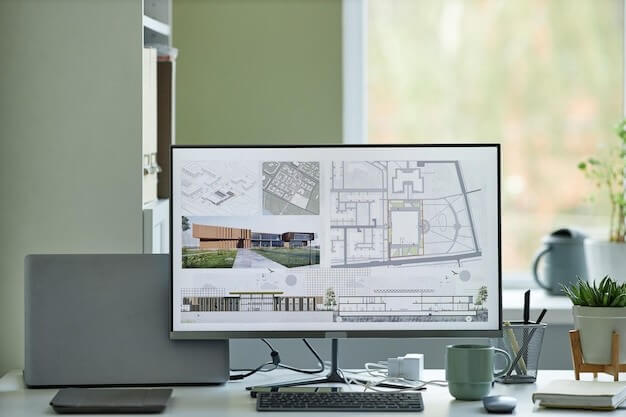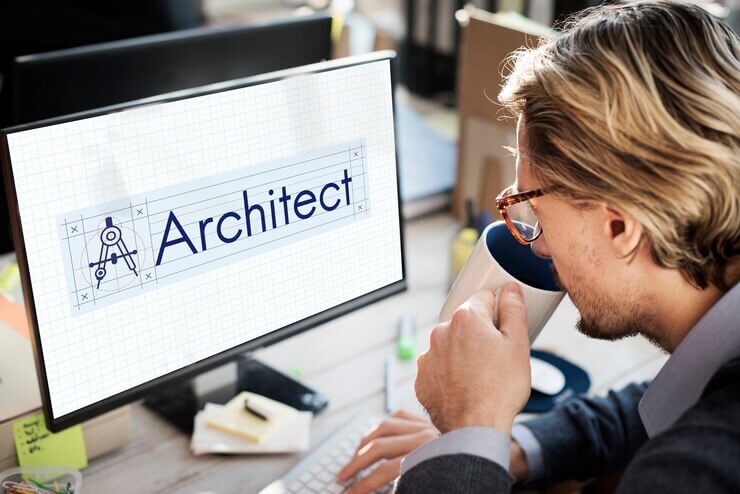Welcome to the exciting world of architectural CAD drafting! The dawn of technology in the architectural arena has brought a revolutionary change in how we design, plan, and build the infrastructure around us. Gone are the days when drafting tables, pens, and measuring tape dominated the architecture and design industry. The future of building design is digital, and the central piece of this digital transformation is Architectural CAD (Computer-Aided Design) drafting.
This technology has opened up new horizons for architect’s and designer’s creativity, enabling the creation of more complex and sophisticated structures. The precision, speed, and versatility offered by CAD drafting are unparalleled by traditional methods. So, what exactly is CAD drafting and why is it considered the future of building design? Let’s delve deeper into this emerging realm.
The Rise of CAD in Building Design
CAD drafting is revolutionizing the field of architectural design with its remarkable precision, adaptability, and efficiency features.
What is CAD Drafting?

CAD, or Computer-Aided Design, is a technology that allows architects and designers to create precise, detailed architectural designs using advanced software. CAD drafting provides an exact framework, eliminating human error and reducing project completion time. These detailed plans can help architects, engineers, and contractors visualize the final product, reducing the risk of costly mistakes.
The Benefits of CAD Drafting
The benefits of CAD drafting are multifold. It significantly reduces the time required for drafting and allows for easier modification and communication of designs. Additionally, the high level of detail and accuracy achievable using these advanced software systems results in a sharper, clearer depiction of architectural designs, which can be incredibly valuable in both the planning and construction stages.
By taking advantage of architectural CAD drafting services, architects can generate realistic 3D models of their designs, complete with landscape, interior design, and lighting effects. These models allow architects and clients to truly visualize the finished product, leading to improved communication, and overall better designs.
Outsourcing Architectural CAD Drafting
Outsourcing CAD drafting is a growing trend in the building design industry. As companies seek to streamline their processes and focus on core competencies, utilizing outside expertise for CAD drafting is proving to be a viable solution. Businesses also find that outsourcing offers a practical answer to maintaining competitiveness in the market, freeing up internal resources to devote to strategic planning and customer engagement. The immense talent pool available globally allows organizations to secure specialized services without bearing the cost of hiring and training in-house staff.
The Increasing Use of Outsourcing
Outsourcing architectural CAD drafting to professional drafters can help companies save time, reduce costs, and improve the quality of their designs. Drawing from a global pool of expertise allows firms to leverage specialist knowledge, making it possible to achieve high-quality, comprehensive designs at competitive prices.
The Future Scope of Outsourcing
As technology continues to advance and more and more firms begin to recognize the value of this modern approach to architectural design, outsourcing is likely to become the norm, rather than the exception. Companies that choose to embrace this trend early will likely see significant benefits in terms of efficiency, cost savings, and design quality.
Embracing architectural design outsourcing enables firms to stay ahead of the curve by adopting innovative practices. It not just speeds up the process, but also improves the quality of work.
Conclusion
The evolution of architectural CAD drafting is creating a new paradigm in the field of building design. By embracing this technology and leveraging outsourcing services, architects and design firms can revolutionize their work, foster greater creativity, improve cost-effectiveness, and pave the way for the future of architectural design. Despite its challenges, the benefits far outweigh the risks, making CAD drafting and outsourcing an important strategy for those looking to remain competitive in the rapidly evolving world of building design.






